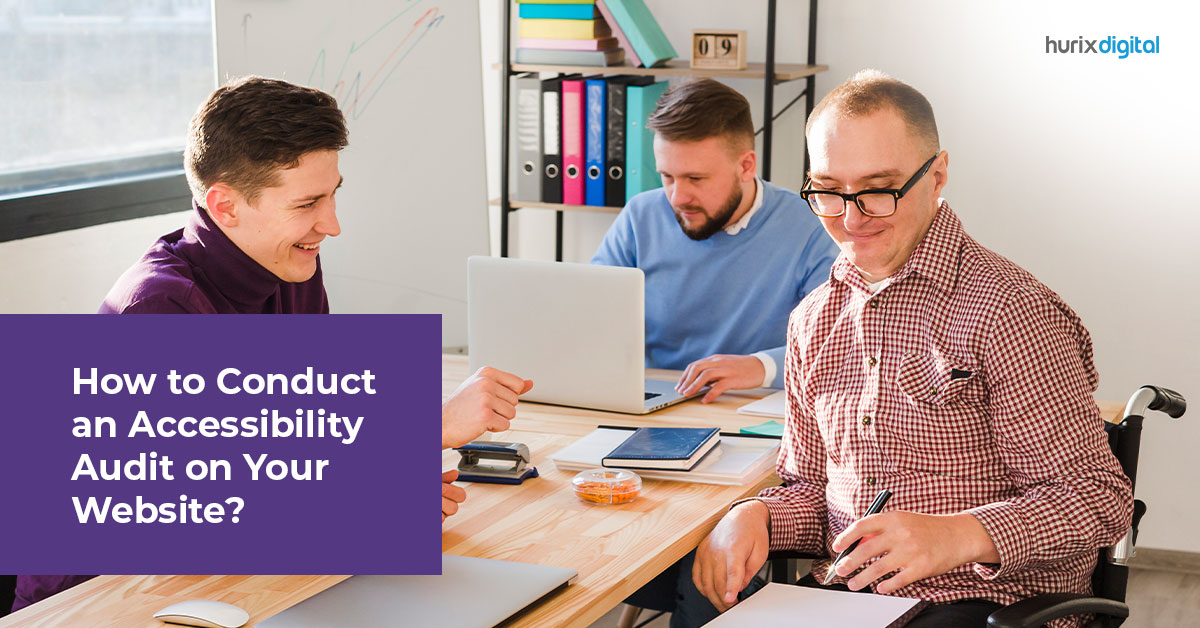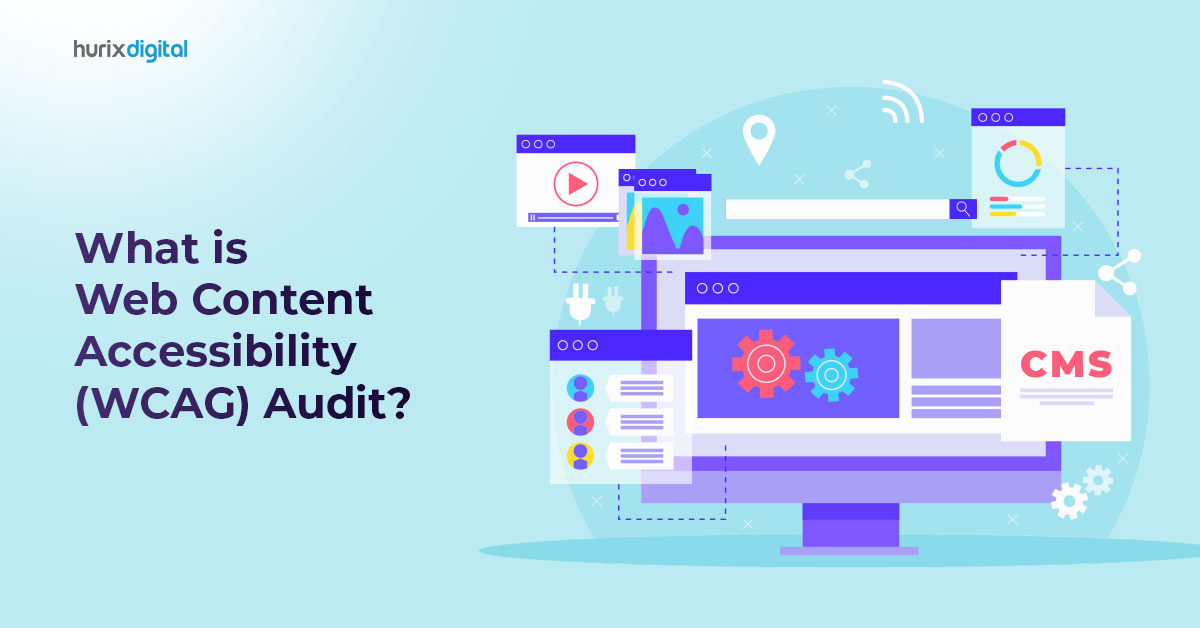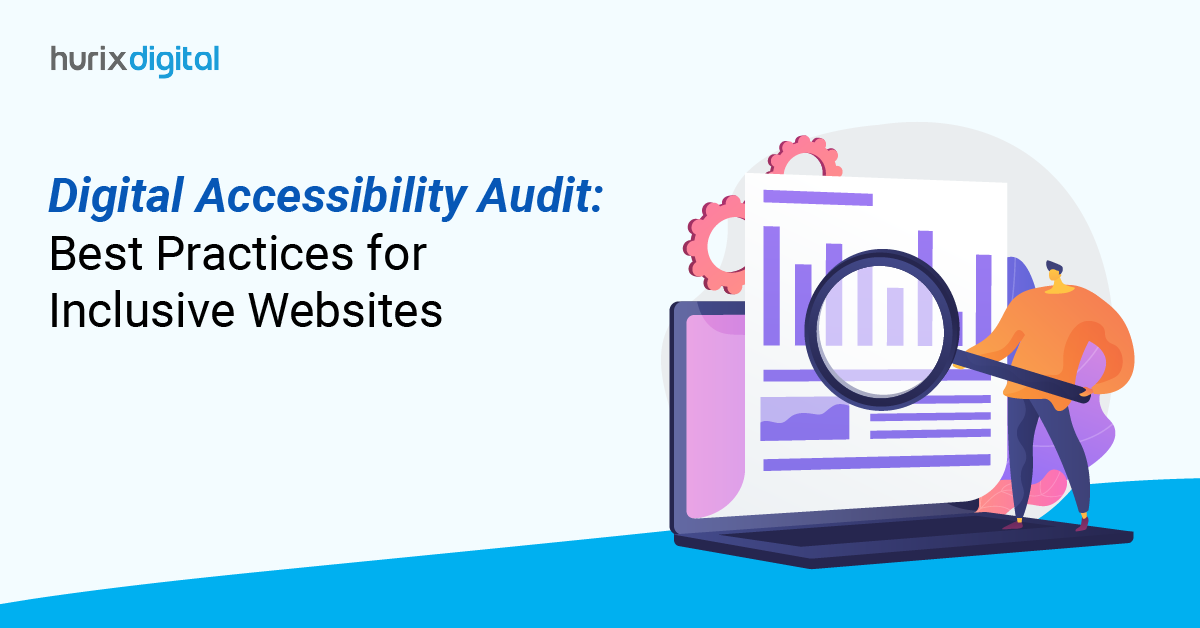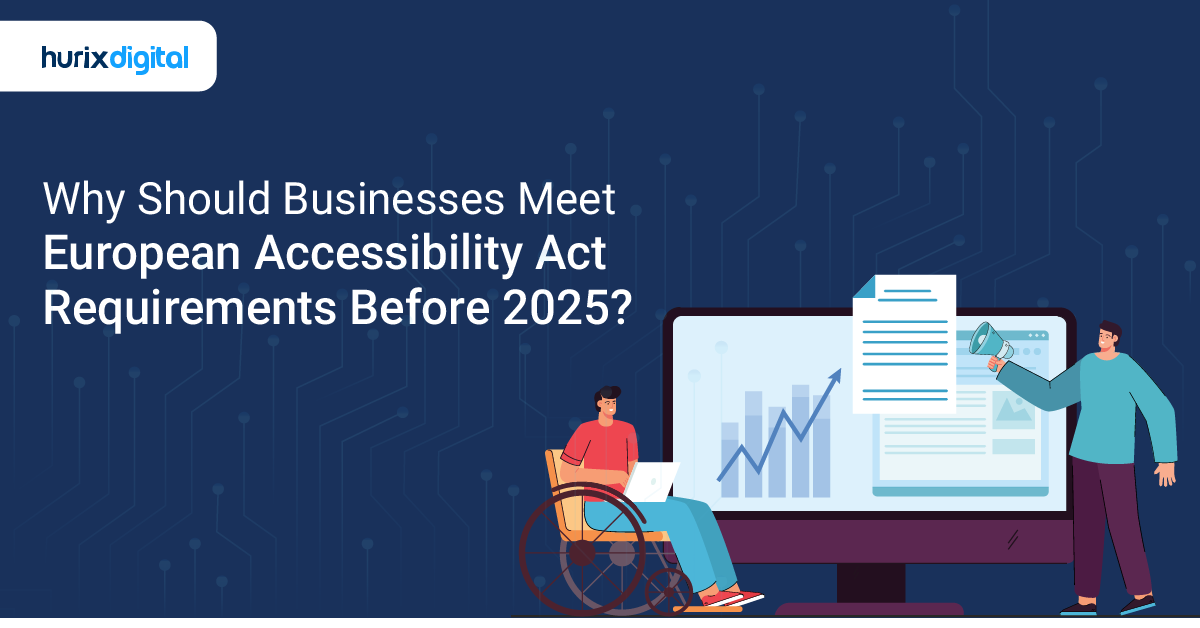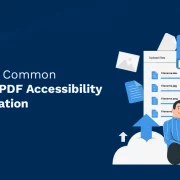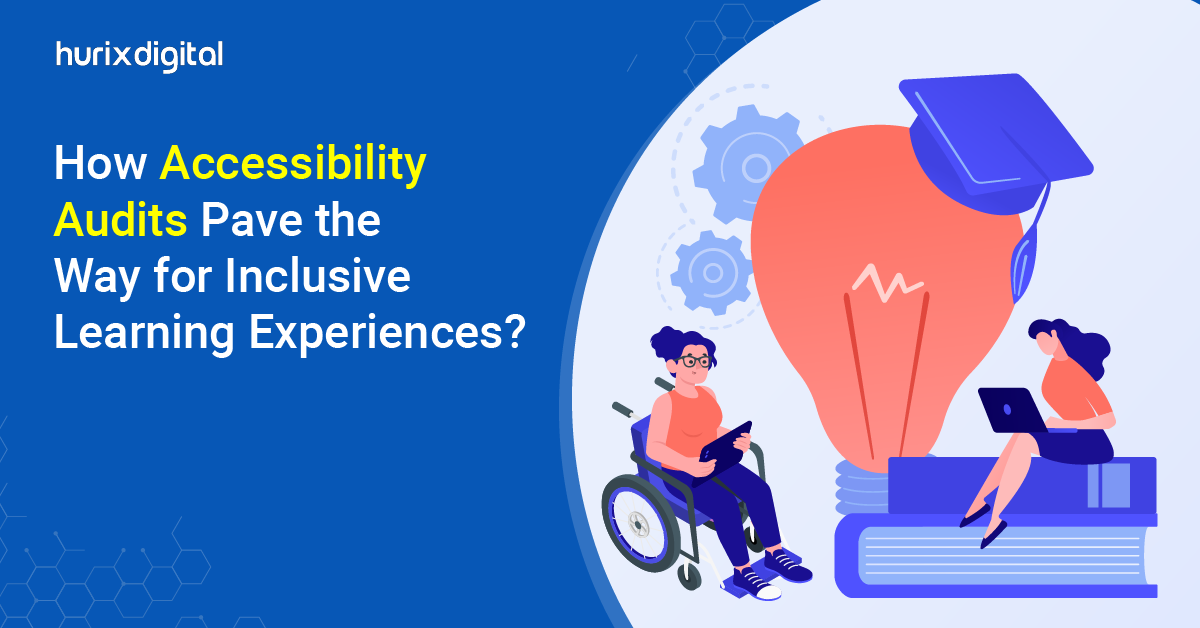
How Accessibility Audits Pave the Way for Inclusive Learning Experiences?
Summary
This blog explores the importance of accessibility audits for inclusive online education, legal compliance, user experience, and strategies for effective audits in educational institutions.
In recent years, the rise of online education has reshaped the learning landscape, with a growing emphasis on creating accessible learning environments.
However, this is made possible by enabling digital content and platforms, whereby various groups within the learners’ spectrum, especially the disabled and those with learning difficulties, can be included.
In this regard, the very first step is the accessibility audit (a thorough examination that recognizes accessibility weaknesses and recommends measures to improve them).
This blog explores accessibility audits, their importance within educational establishments and particulars of how such audits may assist in developing an inclusive culture and improving the quality of education. Dive in!
Table of Contents:
- What is an Accessibility Audit?
- The Role of Accessibility Audits in Online Education
- Strategies for Conducting an Accessibility Audit
- To Wrap Up
What is an Accessibility Audit?
The first step for educators aspiring to be inclusive in their offerings is to accurately gauge where their digital assets stand on the accessibility spectrum.
An accessibility audit is a comprehensive professional evaluation by experts that gauges the accessibility level of all digital assets and processes within an ecosystem. This process aims to identify gaps that prevent people with disabilities from being fully engaged and deriving value from the ecosystem.
In the context of online education, conducting regular accessibility audits enables educators to gauge how accessible their learning platform is for learners with disabilities.
By doing so, they can fill the gaps. In turn, they can increase enrollment, engagement, and student retention, thus nurturing a culture of diversity.
Also Read: Customizing Web Accessibility Solutions for Different Educational Levels and Subjects
The Role of Accessibility Audits in Online Education
Today, there’s a growing focus on improving educational access for people with disabilities. Public policies have evolved to ensure that people with disabilities have access to all digital products and services.
Here’s a snapshot of the key roles of accessibility audits in online education:
1. Ensuring Legal Compliance
The Web Content Accessibility Guidelines (WCAG) and the Americans with Disabilities Act (ADA) are enforced in several areas. By identifying compliance gaps, accessibility audits assist educational institutions in ensuring that their digital platforms meet these criteria and stay out of trouble with the law.
2. Improving User Experience
Audits draw attention to accessibility issues such as difficult navigation, untagged photos, or inaccessible multimedia that negatively impact the user experience for students with disabilities. Institutions establish an inclusive atmosphere where all students can engage in and navigate the learning process equitably by tackling these problems.
3. Promoting Equity and Inclusivity
By empowering educational platforms to promote equity, accessibility audits guarantee that students with disabilities have equal access to educational opportunities as their peers. Teachers can encourage diversity in their learning environment and support a varied student body by producing accessible content.
4. Enhancing Digital Content and Platform Design
Through accessibility audits, online education providers can assess the usability of digital content, such as textbooks, quizzes, and discussion boards. Improvements in platform design, like adding alternative text for images or ensuring keyboard navigability, enhance the overall accessibility of learning materials.
5. Increasing Student Engagement and Success
Accessible platforms allow students with disabilities to engage more effectively with course content, increasing participation and academic success. When students can navigate a platform independently, they are more likely to stay engaged and motivated throughout their educational journey.
Strategies for Conducting an Accessibility Audit
Conducting an accessibility audit requires a well-thought-out approach to ensure that educational platforms are inclusive, compliant, and user-friendly.
Here are some strategies to effectively conduct an accessibility audit:
1. Access to In-House Expertise and Capacity
Educational organizations may have in-house teams comprising instruction designers, web developers, and technology professionals who develop, publish, and manage digital assets.
However, an effective and high-impact shift towards more inclusive environments demands specialized accessibility expertise. Organizations must carefully assess whether they have the in-house capacity to execute such a transition.
2. Harness Tech-Enabled Solutions
Today, organizations have access to a wide range of Web Content Accessibility Guidelines (WCAG) tools and technologies that can help them boost their web accessibility audit capabilities.
Educators can test for the full spectrum of accessibility features that are missing from their digital resources by running an audit on their websites. These range from closed captions and ALT text to read-aloud, video voiceovers, and customizable text sizes. For instance, a superior tool can help educators assess a web page for accessibility quickly and effectively using a rules engine.
3. Invite Feedback from Real Learners with Disabilities
Educators must have an in-depth understanding of the barriers faced by learners with disabilities. They must also understand their needs and aspirations.
One of the most valuable ways to do so is to invite real learners with disabilities and learning challenges to use all digital assets. Educators can chronicle their detailed feedback on their experience and turn these inputs into solutions.
4. Conduct Audits Regularly
Today, conducting regular accessibility audits is considered a best practice. Accessibility guidelines, solutions, and users’ needs are continuously evolving. Hence, educators need to stay current with compliance, technological advances, and their understanding of learner needs. Conducting audits at regular intervals helps them stay current.
5. Build a Comprehensive Accessibility Strategy
It’s not enough to conduct an accessibility audit. This activity is just the beginning of a larger journey.
- Educators must develop a comprehensive strategy for upgrading all their digital resources. By doing so, they will be able to attract new learners into their ecosystem, build a diverse cohort of students, and ensure WCAG compliance across the board.
- Educators must also consider training their teaching facilitators, instruction designers, and content creators to nurture a sensitive learning culture and a deeper understanding of how to create and publish quality learning resources for people with disabilities. They must be aware of auditing tools and the accessibility features available to curate an inclusive ecosystem.
6. Consider Partnering with an Accessibility Expert
If organizations do not have the capacity to tackle accessibility in-house, they can consider outsourcing this important function to an expert.
A superior accessibility expert comes with an extensive understanding of the barriers faced by people with disabilities, the skills and knowledge, and the best accessibility solutions to execute a thorough audit.
Furthermore, they must be in a position to enable the entire transition to an accessible digital ecosystem.
Also Read: Accessibility and the Need for Closed Captioning in Educational Videos
To Wrap Up
Offering learners an accessible learning environment is fast becoming a non-negotiable aspect of online learning. Educators looking to build a sustainable model must consider making the shift quickly and impactfully.
The first step is to conduct an accessibility audit of all digital assets. Based on the findings, they can take steps to fill in the gaps and leverage technology to elevate learning to the next level.
Hurix Digital‘s accessibility solutions provide a comprehensive approach to making digital content and learning platforms fully accessible and compliant with standards such as WCAG, ADA, and Section 508.
With expert services covering everything from accessibility audits to remediation and content conversion, we ensure your educational or corporate platform meets the latest accessibility requirements and an inclusive experience for all users. Feel free to contact our experts for more details.

Vice President – Digital Content Transformation. He is PMP, CSM, and CPACC certified and has 20+ years of experience in Project Management, Delivery Management, and managing the Offshore Development Centre (ODC).
